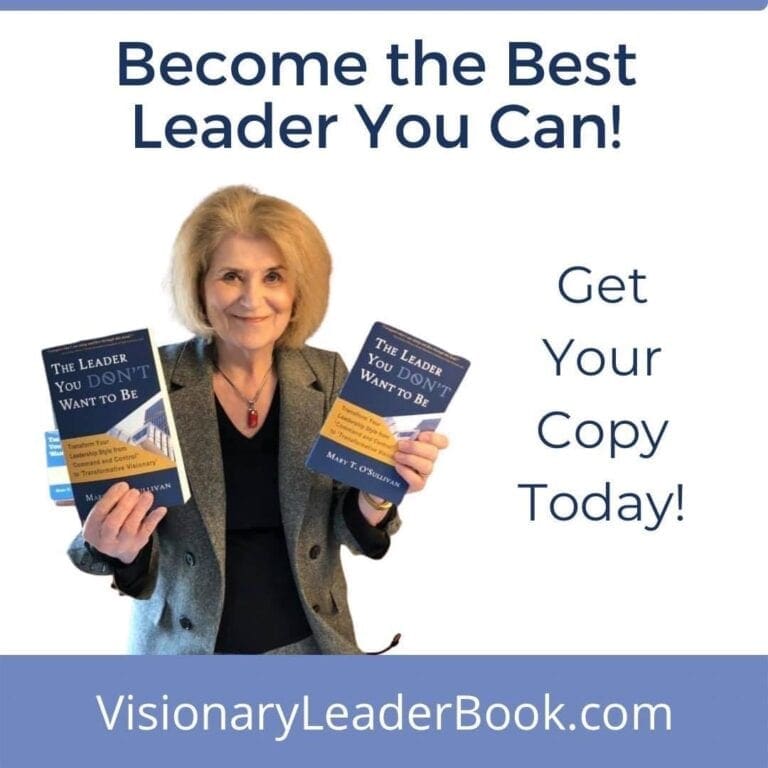Search Posts
Recent Posts
- Rhode Island Legislature Highlights Accomplishments for the 2025 Session June 25, 2025
- Sports in RI: Cody Tow, Volleyball Past, Present and Into His Future – John Cardullo June 25, 2025
- Need a Break? Time for Sour Grapes – Tim Jones June 25, 2025
- Rhode Island Weather Forecast for June 25, 2025 – Jack Donnelly June 25, 2025
- It is what it is: Commentary on 6.25.25 with Jen Brien June 25, 2025
Categories
Subscribe!
Thanks for subscribing! Please check your email for further instructions.

Changing a fixed mindset about safety – Mary T. O’Sullivan
By Mary. T. O’Sullivan, MSOL
“Safety isn’t expensive, it’s priceless.” – Anon.
The most effective organizational change usually comes from the bottom, not the top, and can be achieved by asking people what they care about. It’s leadership’s job to craft the topic in a positive manner, so that people start thinking of solutions rather than problems. Many common issues can be addressed this way, including diversity, teamwork, learning, and communication.
One topic that seems to be controversial in this age of COVID is the subject of safety, expressed by the anti-mandate workplace. Whether anti-vaccination mandate or anti-mask mandate, or hybrid work, employees and employees struggle to find common ground.
Employers and HR professionals are only human, often their reactions to employees’ objections to safety “mandates” are personal and emotional. I recently sat at dinner with five other HR professionals and listened to their complaints about employee objections to being masked or vaccinated. These professionals expressed their frustration at employees who balked at being told to wear protective clothing or show proof of vaccination, and depending on the industry, some employees were willing to quit or be terminated rather than bend to the company rules. The HR professionals in nursing homes and other health care facilities were particularly exasperated at their nurses’ reluctance to adhere to the mandates. It’s understandable. Nursing homes are hot beds for infections.
What if these HR people took their emotions out of the situation and reacted completely objectively? Rather than relying on their own logic, what would it be like if they looked at these employees’ objections from a larger perspective? What if they could frame the concerns about vaccines and masking in terms of a what an individual person’s behavior has on the larger population? Research has shown that often, recalcitrance equals a desire to be heard. How could that happen?
What would that look like? Imagine a “town meeting” where everyone in the room had a voice about the concerns of the organization. Let’s say HR led a brainstorming session about employee and customer/client safety. What ideas could be born of that session? What if being heard was a positive experience for people because they voiced their feelings in a safe space? What if people were given the platform to tell their stories of working in the organization and what they’ve done in the past to keep everyone safe? Maybe some perspective would grow from those stories.
Here are some questions that HR could use to bring out the best in their people and in rallying everyone around organizational safety:
- Tell me about a time when you were operating on all cylinders; a time when you were at the peak of your game and relied on safety to help.
- What about being safe stimulates or excites you?
- If you could have three wishes, what would they be?
- Tell a story about how safety protected you and our customers/clients.
In this way, problem talk evolves into change talk. People start to think about possibilities instead of difficulties. People can focus on where their success with providing a safe environment came from. Learning the art of asking the right questions, being curious is an intervention because it allows people to be heard and stimulates change thinking on controversial issues. These types of questions uncover the stories providing the foundation for creating the future state of the organization and its people. People’s core beliefs go beyond the idea of “mindset”.
Asking these questions gets to the core of the matter, it will bring out the agendas otherwise hidden. Leaders need to be skilled in grasping and analyzing their organizations as a living, changeable reality, made up of multiple individuals with varying beliefs, because employees’ and leaders’ beliefs about themselves and their organizations impact their actions and approaches to change. Therefore, leaders need to understand the beliefs held by members of the organizations and the systems within the organization. And unless leaders ask, they will continue to experience resistance to change, even to the point of losing the employee.
In many workplaces certain safety shoes, glasses, gloves, protective clothing, and hard hats are mandatory. What does a safe workplace look like when people are at risk or could get sick? What good does following all safety procedures do? Are we in compliance with OSHA requirements to provide a safe and healthy workplace for employees?
Maybe there’s a department within the organization where all members are 100% vaccinated, as well as 100% safe in carrying out other mandates. In such a setting, we could learn how that success might work in the rest of the organization. There could be a leader in the organization who rewarded the vaccinated and safest employees, maybe one group of employees all went to a large gathering together where vaccines were offered to anyone who wanted one, and they all lined up. Maybe somebody launched their own “stay safe” campaign within their lunch table.
If leaders don’t ask these questions, how will they ever understand how to change their employees’ behavior? Employees need to feel empowered to want to change. Many workplace mandates are necessary for safety’s sake. It’s a good idea to ask people how to get there. If leaders dig deep and find out the values and the things that matter to their people, allow them the time and space to express their concerns, and assume positive intent, they bring out the best in their most valuable asset – their people.
“What we ask determines what we find. What we find determines how we talk. How we talk determines how we imagine together. How we imagine together determines what we achieve.” – David Cooperrider, founder of Appreciative Inquiry
_____

Get Mary’s New Book: The Leader You Don’t Want to Be: Transform Your Leadership Style from
Command and Control to Transformational Visionary
Connect with Mary:
https://www.linkedin.com/in/marytosullivan/
https://www.encoreexecutivecoaching.com
https://www.facebook.com/DaringBook
mary@encoreexecutivecoaching.com
https://www.visionaryleaderbook.com
Phone: 401-742-1965
